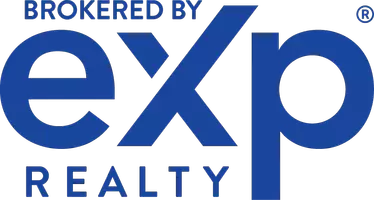What is a 1031 Tax Free Exhange
A 1031 tax-free exchange, also known as a like-kind exchange, is a provision in the U.S. tax code that allows real estate investors to defer paying capital gains taxes on an investment property when it is sold, as long as another similar property is purchased using the proceeds from the sale.
Here’s how it works in detail:
Key Components:
1. Like-Kind Property: The properties being exchanged must be of "like kind," meaning they must both be investment or business properties. The definition of "like-kind" is quite broad for real estate, and generally, it means that both properties must be held for investment purposes or used in a trade or business. For example, you can exchange a rental property for an office building or raw land.
2. Qualified Intermediary (QI): In a 1031 exchange, you cannot directly receive the proceeds from the sale of your property. Instead, you must use a third-party facilitator, known as a qualified intermediary, who holds the funds until the replacement property is purchased.
3. Identification and Timing Rules:
45-Day Rule: You must identify potential replacement properties within 45 days after selling your property.
180-Day Rule: The replacement property must be purchased within 180 days from the date of the sale of the original property.
4. Tax Deferral: The main advantage of a 1031 exchange is that it allows you to defer paying capital gains taxes on the profit from the sale of the property. The taxes are deferred until the replacement property is sold, which could be years or even decades later. The exchange does not eliminate the taxes but defers them.
5. Boot: If any cash or non-like-kind property (such as personal property) is received as part of the transaction, it is called "boot" and may be taxable. If you take money out of the exchange or receive property that is not considered "like-kind," you will owe taxes on that portion of the transaction.
Example:
• Step 1:
You sell an investment property worth $500,000, which has appreciated in value, for a profit of $100,000. Normally, you would owe capital gains taxes on that $100,000.
• Step 2:
Using a 1031 exchange, you identify and purchase a new property within 45 days and complete the purchase within 180 days.
• Step 3:
You defer the capital gains taxes on the $100,000 profit until you sell the new property in the future.
Benefits:
• Tax Deferral: You can defer paying taxes on the capital gains, allowing more money to be reinvested into the new property.
• Wealth Building: By deferring taxes, you can potentially acquire larger or more profitable properties without the immediate tax burden.
• Estate Planning: If you hold the property until death, the deferred taxes can be wiped out entirely due to the step-up in basis rule, which resets the value of the property for your heirs.
Limitations:
• The exchange must be for investment or business properties; you cannot use it for personal properties.
• You cannot access the cash from the sale without triggering taxes (unless reinvested).
• You must follow specific timing and procedural rules to qualify for tax deferral.
In summary, a 1031 exchange is a valuable tool for real estate investors to defer taxes, but it requires careful adherence to IRS rules and regulations.
Find an Agent
We are here 24/7 to assist you with your home buying and selling needs from start to finish.




